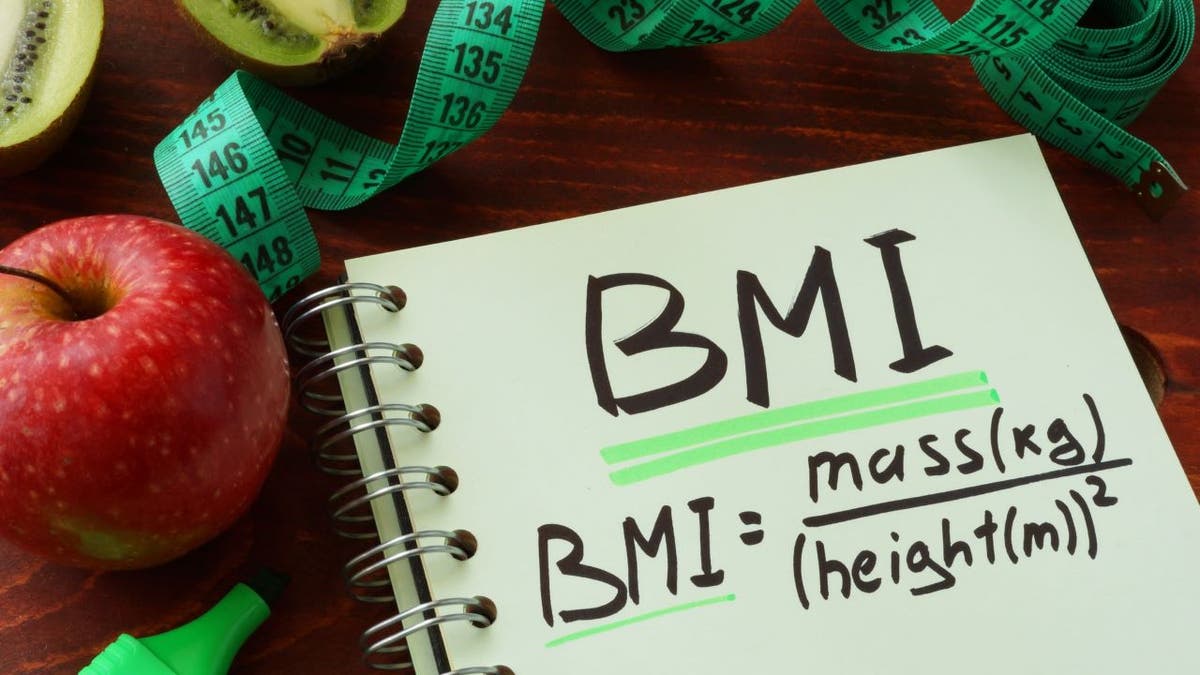A recently-published study suggests that a body “roundness” index may be a better measure of health than body mass index (BMI).
The article, called “Body Roundness Index and All-Cause Mortality Among US Adults,” was published in the Journal of the American Medical Association (JAMA) this month. It promotes the use of the body roundness index (BRI), which was created in 2013.
BMI, which has been the standard for measuring obesity since the 1980s, is calculated by dividing a person’s weight by the square of their height in feet. It was first developed by Belgian mathematician Lambert Adolphe Jacques Quetelet in the 19th century.
On the BMI scale, any number lower than 18.5 is considered underweight. A BMI between 25 and 30 is considered overweight, and a BMI score exceeding 30 is considered obese.
VIRAL HOSTAGE TAPE SLEEPING TREND GAINS STEAM AS DOCTORS WARN OF POTENTIAL DANGERS
A new study promotes the use of body roundness index (BRI) instead of body mass index (BMI). (iStock)
Although BMI is the standard way to measure obesity, it does come with its downsides. For example, because muscle adds on pounds, a healthy, muscular person who weighs a certain amount could be deemed overweight or obese using BMI.
BRI, on the other hand, is calculated using height and weight circumference, instead of just height and weight. BRI scores are also determined by using a more complicated mathematical equation.
“Besides weight and height, BRI additionally considers waist circumference, and hence it can more comprehensively reflect visceral fat distribution,” the study explains.
According to the study, BRI was found to be a more effective way of measuring mortality in a group of patients.
MORE AMERICANS SMOKE MARIJUANA DAILY THAN DRINK ALCOHOL, STUDY CLAIMS

BMI is calculated by dividing a person’s weight by the square of their height in feet. (iStock)
“BRI was found to be superior over other anthropometric indicators in estimating the risk for various clinical end points, including cardiometabolic disease, kidney disease, and cancer,” the study claimed.
Researchers also said that their findings suggested that BRI “may be promising as a newer anthropometric measure associated with all-cause mortality.”
“Our findings provide compelling evidence for the application of BRI as a noninvasive and easy to obtain screening tool for estimation of mortality risk and identification of high-risk individuals, a novel concept that could be incorporated into public health practice pending consistent validation in other independent studies,” the article concluded.
The American Medical Association (AMA) has taken aim at BMI in the past. Last year, an AMA report called the use of BMI “imperfect” and “problematic,” and claimed that it has been used for “racist exclusion.”
CLICK HERE TO SIGN UP FOR OUR HEALTH NEWSLETTER

BRI utilizes height and weight circumference, instead of just height and weight. (iStock)
“BMI cutoffs are based on the imagined ideal Caucasian and [do] not consider a person’s gender or ethnicity,” a report presented at the 2023 AMA Annual Meeting read.
Fox News contributor Dr. Marc Siegel criticized the allegations, calling the criticisms “politics, not medicine.”
“I didn’t believe the AMA was going to get involved in cancel culture, but now they’re canceling the body mass index, which is the thing I look at to at least start me off in the direction of obesity,” Siegel said.
CLICK HERE TO GET THE FOX NEWS APP

The recent study claims that BRI was a more effective way of assessing a people’s health. (iStock)
“It’s not racist — it’s called good medicine.”
Fox News Digital’s Melissa Rudy contributed to this report.





